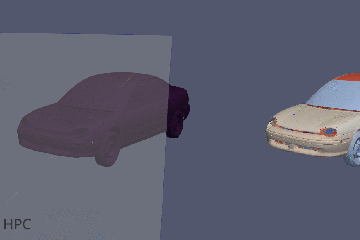Unlocking Extreme Performance: OpenRADIOSS Scalability on CloudHPC with AMD EPYC Processors
For engineers and researchers relying on explicit dynamic finite element analysis, OpenRADIOSS is a powerful and increasingly popular open-source software choice. But how well does such complex software scale in a High-Performance Computing (HPC) environment, especially when leveraging the elasticity of the cloud? We dive into recent tests conducted on Read more








